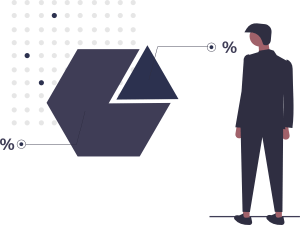This is an overview of the human-centered design process I follow. Having a process ensures that design solutions are the result of informed decision making.
The discovery phase is critical to understanding the
problem being solved. It usually starts with a kick-off
meeting where we try to define the problem,
document the business outcome we would like to
achieve, identify any assumptions we need to test,
and determine the project’s scope and deadline.
Discovery involves:
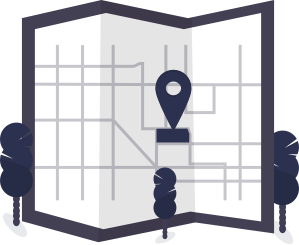
The define phase is where I organize the information gathered in the discovery phase. I leverage the research and try to understand how the user might complete tasks, label content, and organize information. This is a good time to present my findings and collaborate with other members of the team to create:
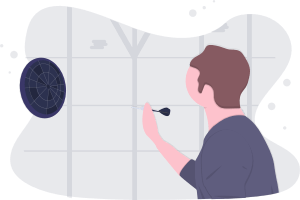
This is the ideation and designing phase. I usually have an idea in mind by now but the first idea is seldom the best. It’s important to generate as many ideas as possible before choosing two or three to experiment with. This stage is all about:
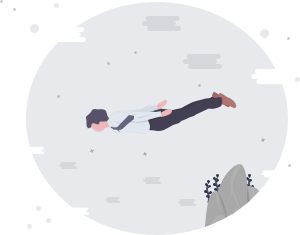
Once I have a few ideas that I think will work, it’s time to put them to the test. There’s not always a lot of time or resources for this but ideally, I’m able to perform formal usability tests and get direct feedback from customers as well as stakeholders. Tools used for testing may include:
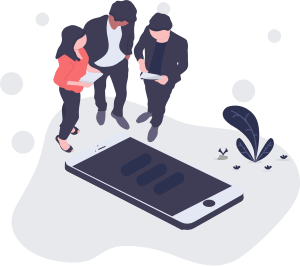
Once I’ve taken into account the feedback I’ve received from the testing and experimentation phase I am ready to invest more time into refining my designs and making hi-fidelity mockups. These will be reviewed and tested again before they are delivered to the client or development team. This is where having a design system or brand/style guide to follow is helpful.
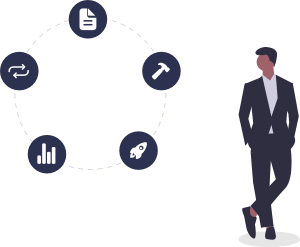
The delivery and deployment phase is where I hand over design specs to developers. Sometimes these are static mockups, sometimes they are highly detailed prototypes that clarify flows, interactions, and animations. I will often write the user stories as well. It’s important to have developer involvement at this stage so that any remaining questions can be answered and that everything is communicated clearly. Before the changes are released into production, I like to be involved in the QA stage to ensure any mistakes are identified and corrected.
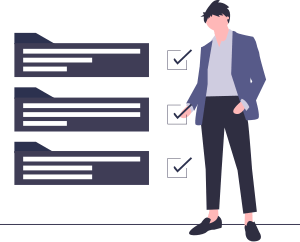
Tracking results is sometimes the only way to know if you’ve hit the mark. If I hypothesize that changing X will result in Y, I need to know what Y was before and after the change was implemented. Benchmarking and measuring results helps me learn what went well and what didn’t. Quantifying user experience enhancements and conducting project restrospectives is an important part of the design process.
